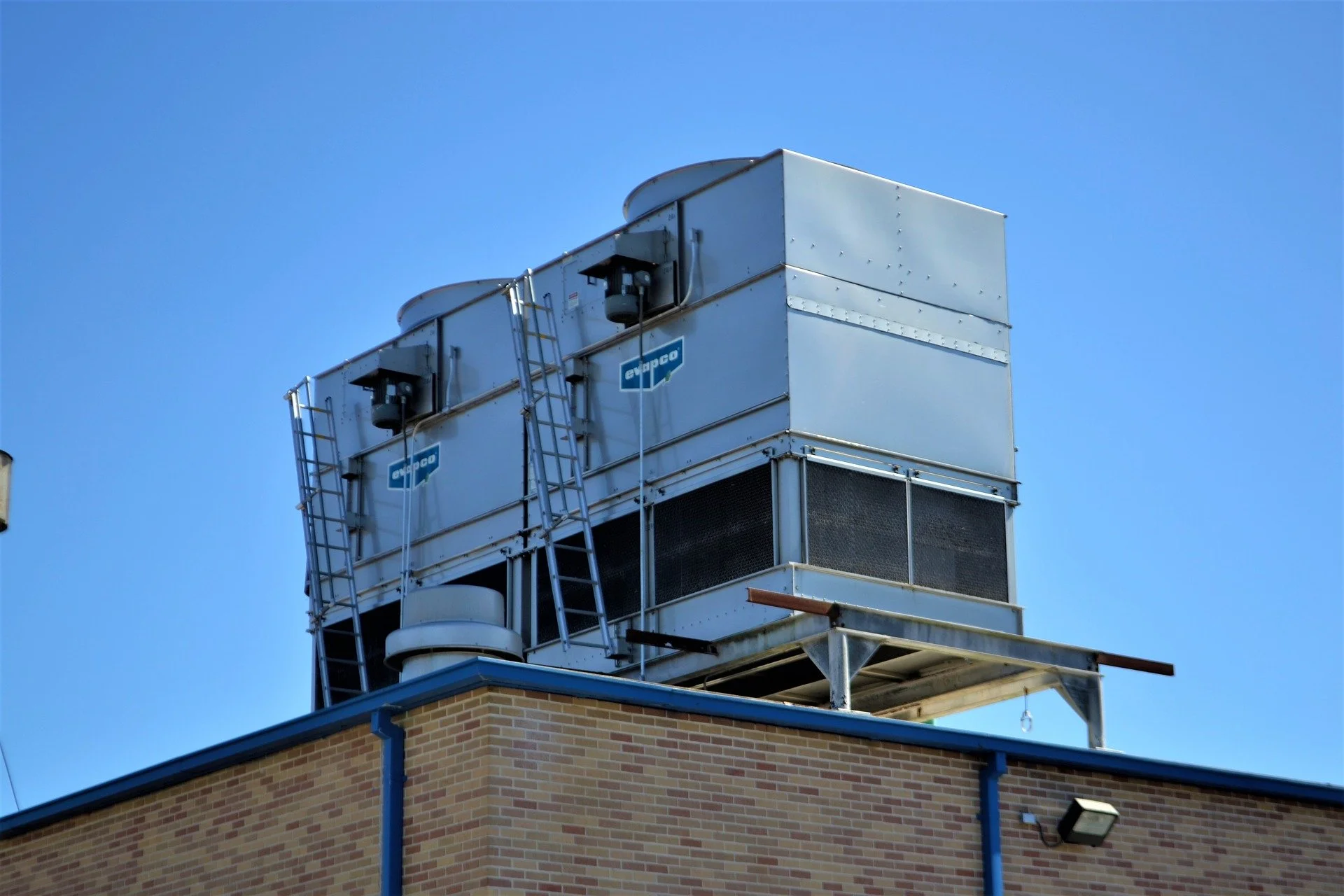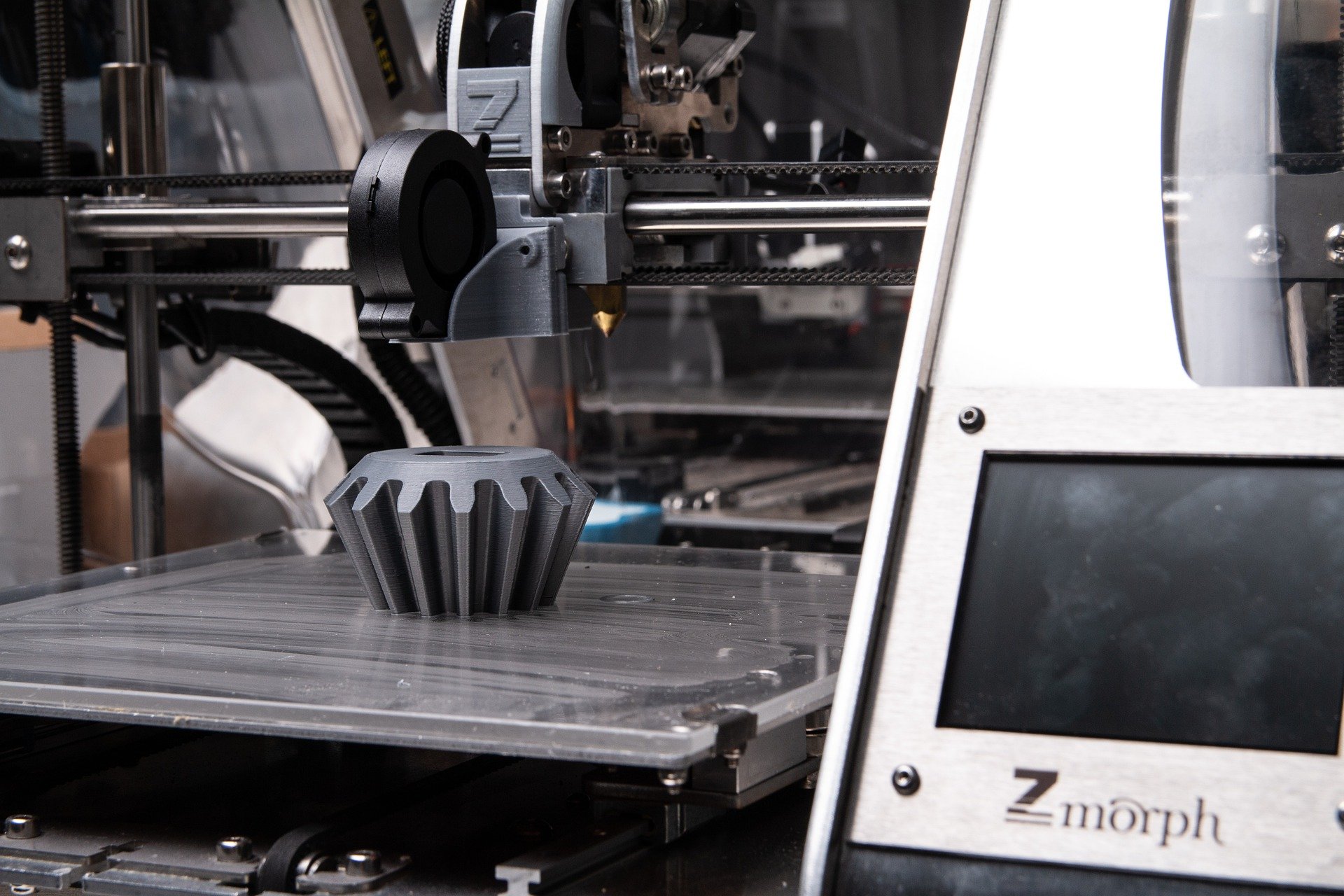Source: Pexels
As the world becomes more technologically advanced, so too must the systems that we rely on to maintain our quality of life. Heating, Ventilation, and Air Conditioning (HVAC) are no exception. In fact, HVAC is one of the most important systems in our built environment—yet it is often taken for granted. With climate change and energy challenges top of mind for many people today, HVAC is more critical than ever before.
In this blog post, we will explore 10 innovations shaping the future of HVAC. From smart thermostats to 3D-printed parts, these new technologies are sure to have a big impact on the way we design and build HVAC systems.
Movement-Activated Air Conditioning
As the name suggests, movement-activated air conditioning is a type of HVAC system that only kicks in when it detects movement in the room. This helps to save energy as the air conditioner doesn't have to run all day long when no one is home. The way it works is by using sensors to detect movement and then activating the AC unit accordingly.
This is a great innovation for those who want to save energy and lower their monthly bills. It's also beneficial for the environment as it reduces the amount of emissions from HVAC units. There are many different types of movement-activated air conditioning units available on the market today, so be sure to do your research before purchasing one.
Thermally Driven Air Conditioning
One of the most promising innovations in HVAC technology is thermally driven air conditioning. This type of air conditioner uses waste heat to power a refrigeration cycle, meaning that it doesn't require an external energy source. This makes it much more efficient than traditional air conditioners, which can account for up to 15% of a building's energy use.
Thermally driven air conditioners are already being used in some commercial buildings, and as the technology continues to develop, it is expected to become more widely used in both commercial and residential buildings. In addition to being more energy-efficient, thermally driven air conditioners are also more environmentally friendly, as they produce fewer greenhouse gases than traditional air conditioners.
On-Demand Hot Water Recirculator
A hot water recirculator is a device that helps circulate hot water throughout your home, without having to wait for the water to heat up each time you need it. This can save you a significant amount of time and energy, as well as money on your energy bills. There are several different types of hot water recirculators available on the market, and they vary in terms of how they operate and how much they cost. Some of the most popular brands include tankless recirculators, demand recirculators, and solar-powered recirculators.
Tankless recirculators are the most expensive option, but they tend to be the most efficient and can provide an endless supply of hot water. Demand recirculators are less expensive, but they still require a power source and may not be as efficient. Solar-powered recirculators are the least expensive option, but they rely on the sun to power them, so they may not work as well in cloudy or overcast conditions.
Ice-Powered Air Conditioning
Ice-powered air conditioning is a type of HVAC system that uses ice to cool air. The ice is created by freezing water vapor in the air. The cooled air is then used to cool the building. This type of system is very efficient and can save a lot of money on energy costs.
Sensor-Enhanced Ventilation
Sensor-enhanced ventilation (SEV) is an HVAC technology that uses sensors to detect and respond to changes in the environment, such as CO2 levels and temperature. This allows the HVAC system to adjust ventilation rates accordingly, ensuring optimal comfort and energy efficiency. SEV has the potential to reduce HVAC energy use by up to 30%, making it a promising technology for the future of HVAC.
Dual-Fuel Heat Pumps
A dual-fuel heat pump is a HVAC system that uses two different energy sources to provide heating and cooling for a building. The most common type of dual-fuel heat pump is one that combines electricity with natural gas. However, dual-fuel heat pumps can also use propane or oil as the secondary energy source.Dual-fuel heat pumps are becoming more popular because they are a more efficient way to heat and cool buildings than traditional HVAC systems. They can also help buildings reduce their carbon footprint by using cleaner energy sources.
Geothermal Heat Pumps
Geothermal heat pumps are a type of HVAC system that use the earth's natural heat to provide heating and cooling. They work by using pipes to extract heat from the ground in the wintertime, and then transferring that heat into your home. In the summertime, they reverse the process and extract heat from your home to cool it down. Geothermal heat pumps are becoming more and more popular because they are very efficient and can save you a lot of money on your energy bills.
Smart Homes
Smart homes are those that are equipped with technology that allows them to be controlled remotely. This can include features like thermostats that can be adjusted from a phone or computer, lights that can be turned on and off, and even security systems. HVAC systems can also be included in this category, and many homeowners are starting to install smart HVAC systems in their homes. These systems can be controlled remotely, and they can also learn the homeowner's habits so that they can adjust the temperature and airflow accordingly. This not only makes it more comfortable to live in a smart home, but it also saves energy.
Fully Automated Homes
Homes are becoming increasingly automated, and HVAC systems are no exception. Advances in HVAC technology are making it possible for homeowners to control their home's temperature and airflow from a central location, often with the help of a mobile app. This allows for more precise temperature control and can result in significant energy savings.
Home automation is also making it easier to install and maintain HVAC systems. For example, many HVAC systems now include self-diagnostic features that can troubleshoot problems without the need for a technician. Additionally, many systems can be controlled remotely, so homeowners can make adjustments even when they're not home.
3-D Printed Air Conditioners
3-D printing technology is opening up a whole new world of possibilities for HVAC systems. One company has developed a 3-D printed air conditioner that can be customized to fit any space. This could be a game changer for businesses and homeowners alike, as it would allow them to have an HVAC system that is specifically tailored to their needs.
Source: Pixabay
Another company is developing a 3-D printed evaporator coil, which could dramatically reduce the cost of HVAC systems. And yet another company is working on a 3-D printed thermostat, which would allow users to personalize their heating and cooling settings.
The future of air conditioning is looking very exciting, with a variety of new technologies on the horizon. While some of these are still in development or testing phases, others are already available for purchase. If you’re interested in learning more about any of these cutting-edge cooling methods or want to discuss which one might be best for your home or office, please don’t hesitate to contact us. We would be happy to answer any questions and help you choose the perfect AC system for your needs.



